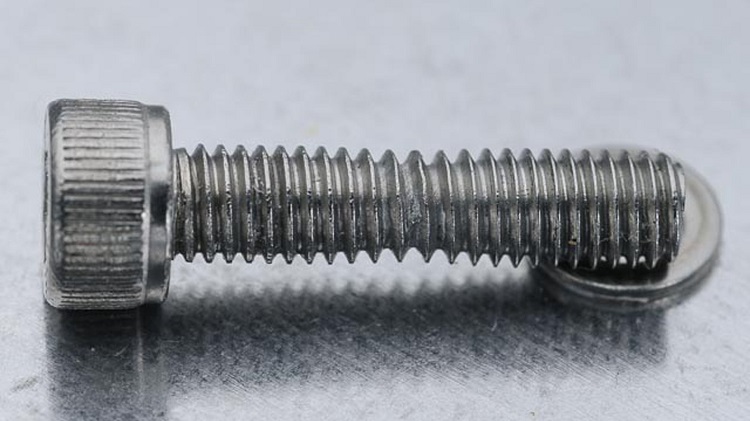When it comes to construction, building and design, it seems like common sense that you would want to have the final fastening to be as tight and secure as possible. While this may be true in the sense that you do, in fact, want everything to fit together securely, overtightening fasteners can lead to trouble.
Thankfully, there are some simple tips you can follow to avoid overtightening. Additionally, there are extra components available, like custom flat washers from a trusted source, that can help in the process. You might also consider using things like rubber gaskets and plumber’s tape in conjunction with a bolt depending on the application.
If you’re concerned about overtightening bolts and causing damage to a project, check out the following four tips:
1. Turns Past Finger Tight
Finger tight describes a degree of tightness that can be achieved simply by tightening a bolt with your fingers alone. This means that no tools are involved.
Turns past finger tight describes the amount of full turns past finger tightness that are achieved using a tool like an adjustable wrench. TPFT may be an abbreviation used in technical manuals to describe this process.
In order to know how many turns past finger tight a bolt should be adjusted, consult with the instructional materials that came with the hardware. Some manufacturers will include a recommendation, but you might also need to contact the manufacturer directly through email to find out the TPFT recommendation.
2. Use Washers
A washer is a piece of building hardware that is usually made from metal or plastic. Common types of washers include zinc flat washers, HDG flat washers and SAE flat washers. You might also find USS flat washers, an abbreviation of United States Standard washers.
A washer typically serves two purposes when it is used with a bolt. First, the washer prevents damage that could occur when a bolt head rotates across the surface to which it is being affixed. More importantly, washers balance the pressure distribution across a broader area. This leads to tighter and more secure fastening.
The type of washer you select will generally be based on the type of application. Industrial washers can vary in thickness and material type, but they will almost always be more heavy-duty compared to washers used for home projects. To learn which type of washer you need, consider consulting with the manufacturer of your project materials.
3. Ensure Your Threads Are Clean
You might think that the initial force you apply is the only aspect of tightening that affects a bolt’s security, but the truth is that dirty bolt threads can also impact performance. When a bolt’s threads have become clogged, they will not line up correctly and may cause uneven pressure distribution. This can lead to damage and unsecured fastening when tightening a bolt, even if the tightening is done properly.
Before installing any bolt, check the threads. If they are dirty and debris can be wiped away, consider using products like plastic toothbrushes and cleaning lubricant to remove the dirt. This will not only clean the threads without risking damage, but it may also help the threads grip better and lead to more accurate tightening.
4. Use A Torque Wrench And Torqometer
Finally, if you need specific torque applied to a fastener, you can use tools like a torque wrench and a torqometer. These tools provide accurate measurements of torque so that you can see exactly what amount of pressure is being applied during the tightening process.
Another benefit to using a torque wrench is that you can usually set the exact amount of torque that needs to be applied right from the tool. This takes a lot of the guesswork out of the process and can help you avoid overtightening a bolt.

